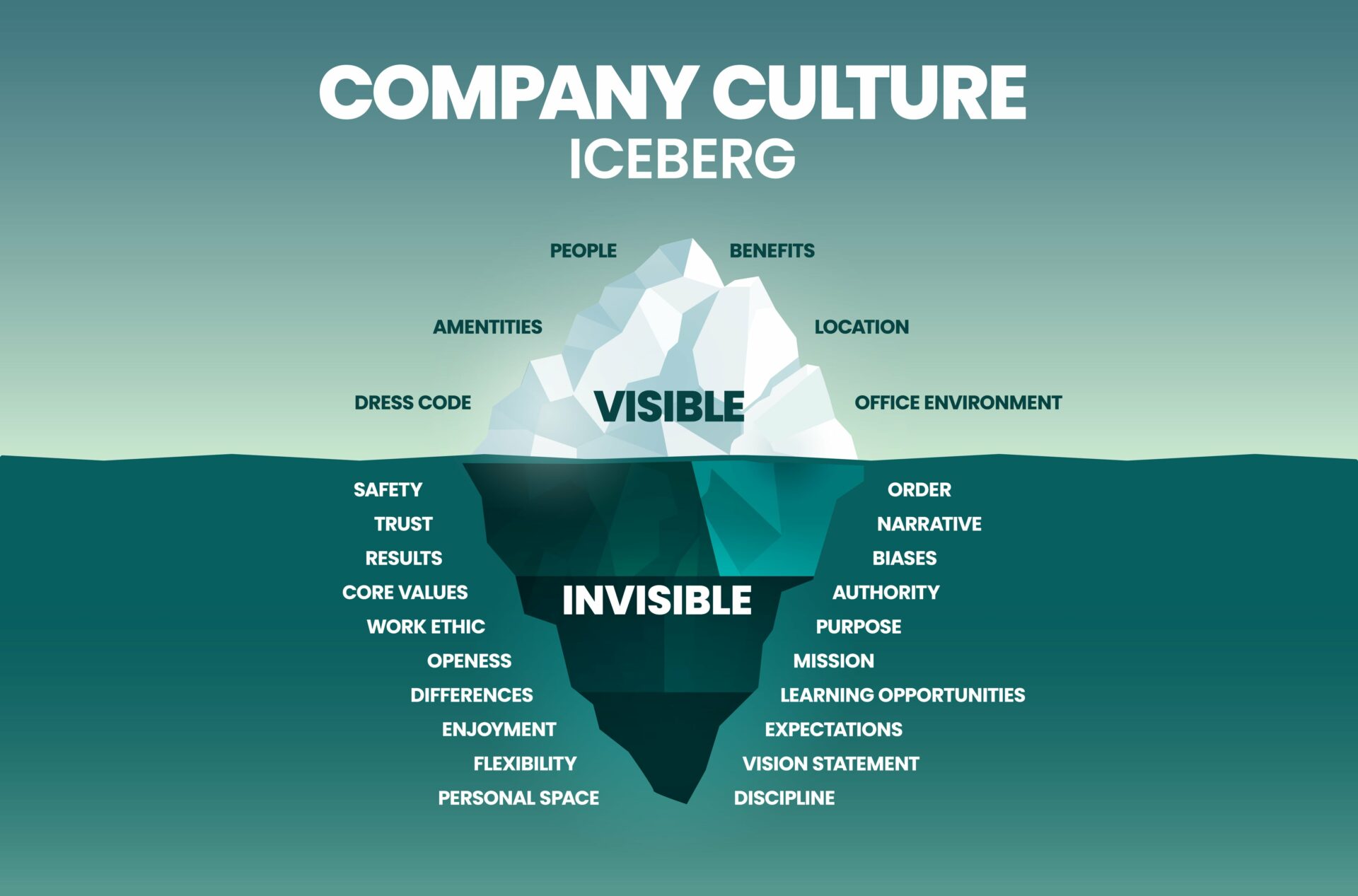Working out how to integrate companies after acquisition is a rollercoaster. While you may be thrilled about the possibilities this new acquisition brings to the table, that doesn’t mean everything is going to be smooth sailing. There are still dozens of details to handle before you can pop the champagne on your successful acquisition.

The integration of companies after acquisition is a huge topic, but it all comes down to one thing: getting everyone on the same team. The sooner you can do that, the sooner the rough seas of acquisition will calm.
From your stakeholders to your c-suite to your employees and even your customers – everyone has to be on board for this project to be a success. When you make that happen, your company can go full speed ahead into a bright future.
How to integrate companies after acquisition in 9 steps
You’ll find there are many different questions to ask after a company acquisition. Some of these have to do with logistical issues like budgets, data, software, and systems. And those are certainly important, but they shouldn’t be the only things on your list.
When your teams have synergy, the logistics are much easier to handle. You don’t have to chase information down or try to play referee in interpersonal squabbles. Everyone is a single team working for a single goal – and your efforts in pursuit of that goal go that much more smoothly.
That’s why achieving synergy is the most difficult part of how to integrate companies after acquisition. Everything else hinges on it. So don’t try and go it alone.
Involve your teams in the process of the acquisition, and consider working with a rebranding agency to help you find the right strategy for integrating two potentially very different companies into one.
Taking an acquisition from transaction to a full integration can be a difficult process, but there is a roadmap you can follow. Use these 9 tips for how to integrate companies after acquisition to help things go smoothly:
1. Clarify your goals

Before anything else, take a moment to think about your goals. When puzzling out how to integrate companies after acquisition, you need a metric for success.
Every company will have its rough spots. Processes will need to be updated. Data sets will grow and change. And some people within your team will have friction with each other, whether they’ve worked together for 20 years or met because of the acquisition.
Expecting integration to turn your company into an unbreakable machine isn’t realistic – or even possible.
So what do you hope to achieve? What happens after company acquisition processes are underway will largely be determined by your answer to this question.
If you’re struggling to find answers here, don’t worry. These questions to ask after a company acquisition can help you get started:
-
- Why did you choose to acquire this company?
- Where is the acquired company strongest? How do its strengths support your company’s weaker points?
- What about the acquired company’s current brand, vision, voice, or team inspires you?
- Imagine your company five years from now. How does the company you’ve acquired drive your success in the future?
- What kind of metric can you follow to track your team’s progress?
Getting clarity on these questions can significantly help with how to integrate companies after acquisition.
2. Get leadership (and stakeholders) on board
Once you have your goals in mind, it’s time to start getting people on board. The next step in how to integrate companies after acquisition is getting leadership and stakeholders on board.
Stakeholders can be impatient, and executives often have a huge vision for the successful future of the company. But this can have a destructive impact on successful integration.
Patience will be KEY to success.
Remember, your teams have just met each other, and trust doesn’t happen overnight. Use the goals you’ve created to get buy-in on a methodical integration.
When you can show your stakeholders and executive team that you are making progress, they’ll be more receptive to your slow-and-steady-wins-the-race approach.
3. Ensure your cultures are compatible

Before an acquisition, or as soon as possible afterward, it’s important to do a “culture audit.”
The more different your two cultures are, the more difficult the integration of companies after acquisition will be.
You need to know upfront how easy (or difficult) creating a company culture will be. It’s easy to misplace this step among all the logistical tips on how to integrate companies after acquisition, but it’s vital to the health of your team in the end. Your team is the fuel of your company, so it’s essential that they feel unified.
4. Make integration a priority
Don’t let your integration efforts become something that happens “when you have time.” The old adage that we make time for what’s important to us is true. And unless you make time for it, figuring out how to integrate companies after acquisition will be pushed back to tomorrow over and over again – until it’s too late to approach it intentionally.
5. Choose a point person

At this point, you’ll want to pick someone who can clear the time on their calendar to take the lead integration. There’s going to be quite a lot of back-and-forth between the two companies, and you don’t want any information to be lost.
Choose someone familiar with what happens after company acquisition occurs, or someone who intimately understands the inner workings of the company. They should get a list of who to reach out to with different concerns and be the first person you update throughout the process.
Basically, they’ll handle the small stuff so you can take an aerial view of how to integrate companies after acquisition successfully.
6. Identify key employees
Redundancies are a normal part of acquisitions – but don’t jump the gun. Before you decide to keep anyone or let anyone go, do a thorough investigation. How and why did each person in each company get to where they are now? What does their growth trajectory look like?
These are important questions to ask after a company acquisition. When you can answer them, you know that the people who are staying with the company are the strongest assets you could have.
7. Create a plan for your brand

The benefits of branding aren’t restricted to getting a competitive edge, but branding can certainly help you to retain your edge! When puzzling out how to integrate companies after acquisition, it’s important to remember customers, too.
“Under new management” is frequently used as a joke, but the consequences of customers and employees losing trust in a brand is real. Make sure you have a plan to help acquisition go smoothly without confusing your current customers or weakening your brand equity.
8. Update your internal branding
Since nothing happens without a solid team, internal branding should be a key part of the integration of companies after acquisition. Once you sell your team on your new brand, they’ll have no problem selling your customers on it, too.
Internal branding also gives you the space to really lean into the rich history of each company. This is especially true if one or both companies already have a strong internal brand. A big part of creating culture and synergy is showing your teams that they’re understood and that they have lots in common.
Internal branding allows you to show your employees what you already know: That combining these companies together will build an unshakeable team.
9. Refresh your external branding

When you’re pondering how to integrate companies after acquisition, rebranding might come to mind. It’s tough to know when to rebrand during an acquisition – or whether you should rebrand at all!
Sometimes, a lighter brand refresh is a better fit compared to a full rebranding of both companies. Sometimes, an entirely new brand needs to be created. Whatever the strategy required, it’s important to address your brand. Acquisitions can be delicate times for your brand both internally and externally, and you don’t want to leave your customers or your team members wondering what’s going on. Even if it’s a small change, it’s guaranteed your brand will have to respond to the new acquisition in some way.
Take this example: Budweiser and Guinness are both beer brands. But that doesn’t make a potential acquisition easier for one of them. Nearly everything else about them is different – their visual branding, their messaging, their entire ethos. An acquisition requires that two very different companies come together, without alienating existing customers and employees. A branding agency can craft the right strategy to make this a reality.
What happens after company acquisition is over?
At the end of the day, a successful acquisition ends with a single successful company operating under a united brand. These steps for how to integrate companies after acquisition only scratch the surface on how to bring two companies together into something greater than the sum of their parts.
After you’ve sorted out how to integrate companies after acquisition, you’ll still have a lot of work to do. Part of that work is crafting a compelling brand – internally and externally – that anchors your company.
Your brand is who you are, and an acquisition will change that, however slightly. Working with a brand identity agency can help you create something that your shareholders, teams, and customers will fall in love with.